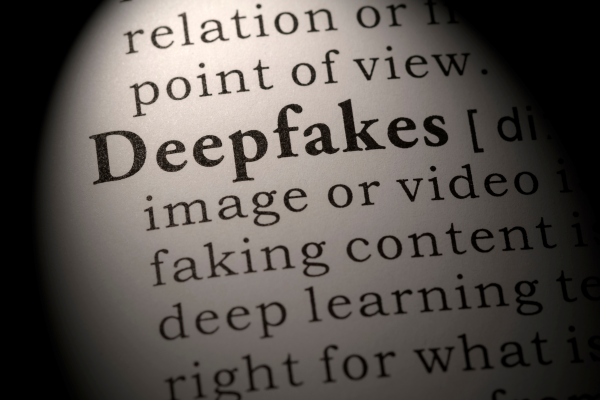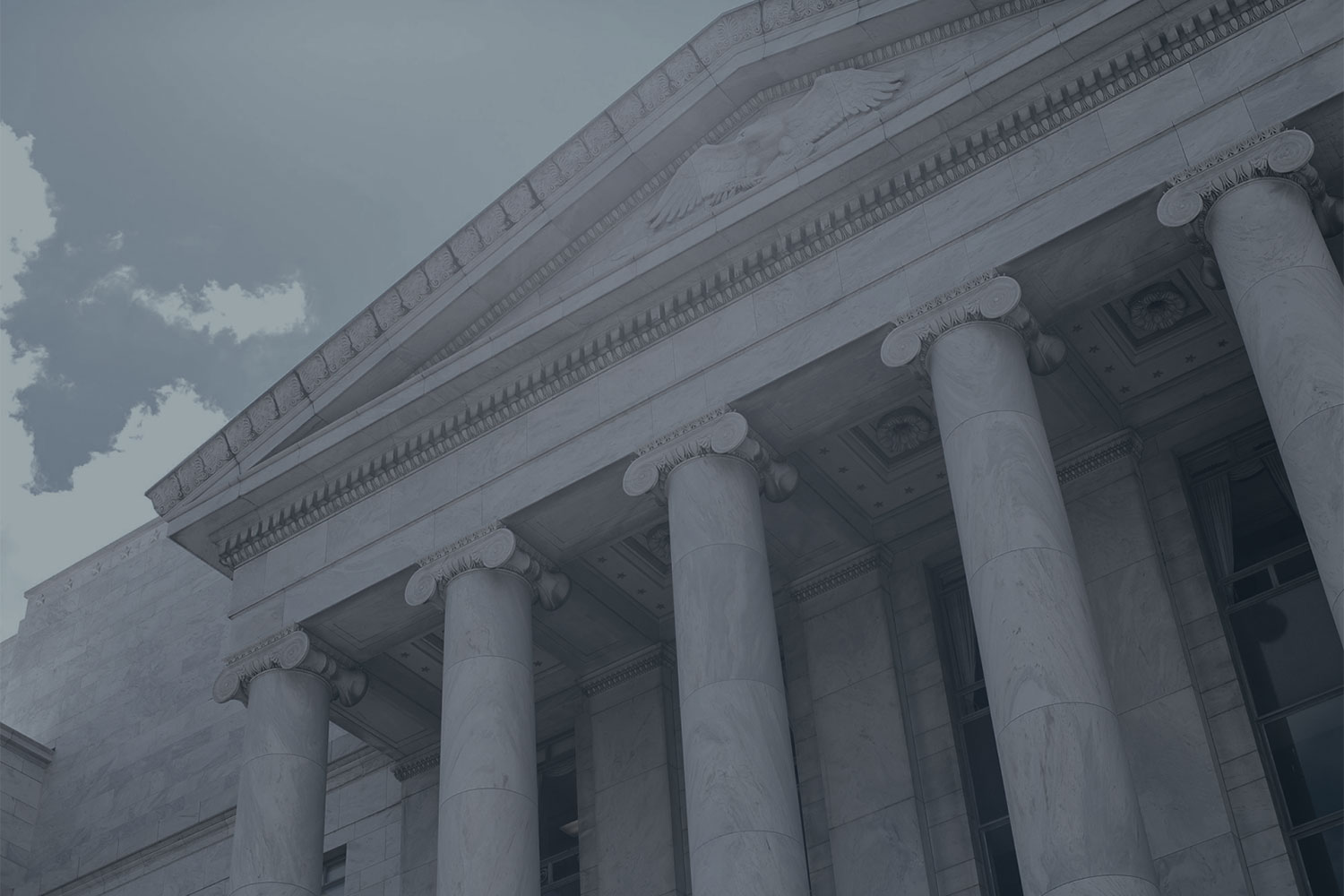Author
Introduction
Once considered fringe internet behaviors, doxxing and swatting have evolved into sophisticated, technology-enabled tools of harassment, coercion, and public endangerment. The growing accessibility of artificial intelligence (AI) tools and automated data scraping technologies has significantly intensified the scale, precision, and anonymity with which these attacks are carried out.
Doxxing—the malicious exposure of personal identifying information—and swatting—the false reporting of emergencies to provoke armed law enforcement responses—are increasingly deployed in targeted campaigns against public officials, journalists, healthcare providers, and other individuals. These tactics pose serious risks to physical safety, digital security, and civic participation. Law enforcement agencies and emergency response systems are frequently strained by the volume and sophistication of such threats. This article explores recent developments in doxxing and swatting, their legal implications, and how jurisdictions have responded to these evolving threats.
Discussion
I. Defining the Scope of the Threat
A. What is Doxxing?
Doxxing typically involves the exposure of a person’s home address, phone number, or workplace details during social media conflicts, gaming disputes, or interpersonal disagreements. The doxxer may intend to incite harassment, reputational harm, or real-world confrontation.1
More recently, doxxing has become part of broader campaigns that leverage algorithmic amplification to target individuals based on their identity or professional role. Journalists, judges, educators, and public officials have increasingly been targeted in ideologically motivated efforts to deter participation or silence dissent. This shift signals the evolution of doxxing from isolated conduct to a more coordinated form of digital persecution.2
B. What is Swatting?
Swatting involves the false reporting of a serious emergency—such as an active shooter or hostage situation—to trigger an armed law enforcement response at a targeted location. These events often rely on personal information obtained through doxxing.
Swatting carries a substantial risk of physical harm and misallocated emergency resources. Victims may experience trauma, wrongful detention, or injury, while emergency services are diverted from legitimate needs.3 By using voice-altering software and spoofed numbers to conceal their identities, perpetrators make investigation and prosecution significantly more challenging. These incidents represent both a cybersecurity challenge and a public safety concern.4
II. The Current Threat Landscape: Post-2024 Developments
A. Frequency and Geographic Concentration
Since 2024, incidents of doxxing and swatting have increased significantly. Factors contributing to this trend include the accessibility of low-cost technologies, heightened political tensions, and online disinformation.5 According to federal bulletins and independent reports, these threats have disproportionately affected public-facing institutions such as schools, election offices, and religious centers.
Jurisdictions such as Georgia, Arizona, and Pennsylvania have reported increased harassment targeting election personnel. In metropolitan regions like the Bay Area, Seattle, and Austin, employees in tech-adjacent roles have also faced threats. Smaller districts with limited law enforcement capacity report growing exposure to swatting-style hoaxes, which often follow national or social media-driven patterns.6 FBI and DHS alerts have emphasized the importance of coordination in responding to these persistent threats.7
During this time, swatting calls targeted members of Congress and municipal leaders, while federal judges involved in high-profile matters received threats accompanied by suspicious packages.8 Healthcare providers, journalists, and advocates—particularly those serving marginalized communities—also reported doxxing and swatting attacks. In contested states, election workers have called for federal protections, highlighting the extent to which digitally facilitated harassment is being used to intimidate individuals engaged in public service or civic discourse.
B. The Role of Technology in Escalating Threats
AI technology and adjacent technologies have significantly accelerated the effectiveness and scope of these threats. Automated data scraping tools allow bad actors to assemble personal profiles with minimal effort.9 Synthetic media, including voice cloning and image manipulation, have enabled more convincing false reports and impersonation. In particular, 2025 public warnings by the FBI and major media outlets noted the rising use of AI-generated voices in fraudulent emergency calls.10
Bot networks and algorithm-driven amplification can distribute doxxed content widely and repeatedly, increasing reputational risk and emotional distress for victims. These bots, often powered by large language models, are capable of flooding platforms with targeted content that resurfaces victims’ private data. Algorithmic recommendation systems can further magnify visibility, compounding harm. The use of these tools signals an escalation in both the technological sophistication and reach of coordinated harassment.
III. Disproportionate Impacts and Chilling Consequences
Doxxing and swatting disproportionately affect individuals with public-facing roles or involvement in politically salient issues. Public officials, journalists, and community advocates often become targets due to their visibility or association with controversial topics.11
Such threats have a measurable chilling effect on civic engagement. When individuals experience harassment or fear retaliation for speaking out or performing professional duties, some may withdraw from public discourse. This erosion of participation and expression undermines democratic functions and reflects a broader decline in both digital and physical safety. It also increases vulnerability to identity theft, phishing, or physical surveillance. Unauthorized dissemination of Personally Identifiable Information creates lasting vulnerabilities.12
Swatting exacerbates these risks by exploiting disparities in law enforcement responses. False emergency calls directed at individuals in certain communities—particularly those with historically tense relations with law enforcement—can escalate rapidly and dangerously. These tactics not only endanger physical safety but also function as mechanisms of intimidation.13
These impacts underscore the need to treat digital safety as a prerequisite for democratic participation—a gap current legal frameworks fail to address.
IV. Legal and Enforcement Developments
A. State Legislative Trends
As doxxing and swatting threats escalate across the United States, several states have taken targeted legislative action to criminalize or deter these acts. The Council of State Governments has identified at least five states that have enacted or updated legislation since 2023, imposing both criminal and civil liabilities. These measures, listed in the table below, offer important models for other jurisdictions and underscore an emerging consensus on the need to modernize laws in response to technology-enabled harassment.14
| State | Legislation | Key Provisions |
| Virginia | HB1572 (2023)
(Va. Code §18.2-461.1.) |
Criminalizes false emergency communications that may cause public harm; imposes graduated penalties based on outcome. |
| Kentucky | HB 48 (2022)
(Ky. Rev. Stat.§519.040) |
Increases penalties for false emergency reports based on outcome; allows courts to order restitution to affected agencies or individuals. |
| California | SB 333 (2013)
(Cal. Penal Code §7.148.3) |
Holds individuals financially responsible for false emergency reports; allows imprisonment and fines for swatting with risk of bodily harm. |
| Oregon | SB 1543 (2018)
(Or. Rev. Stat. §162.375) |
Increases penalties for false emergency reports resulting in injury or death; authorizes cost reimbursement orders. |
| Ohio | HB 462 (2023)
(Oh. Stat. §2917.321) |
Prohibits swatting; imposes graduated penalties for false reports causing harm; requires restitution for response costs. |
In addition to the statutes identified in the table, recent legislative efforts in Virginia, Kentucky, Oregon, and Ohio further reflect this growing momentum. Virginia’s HB 1572 (2023), for instance, establishes criminal penalties for knowingly initiating false emergency communications likely to cause public harm. Kentucky’s HB 48 (2022) increases penalties for false emergency reports based on outcome and allows courts to order restitution to affected agencies or individuals. Oregon’s SB 1543 (2018) imposes graduated penalties for false reports that result in serious injury or death and authorizes courts to order reimbursement of response costs. And Ohio’s HB 462 (2023) explicitly prohibits swatting and requires offenders to pay restitution to emergency service providers. Taken together, these statutes illustrate a broader state-level recognition of the evolving nature and severity of digital harassment and the need for legal frameworks to adapt accordingly.
But despite growing legislative momentum, existing legal frameworks remain ill-equipped to address threats that are technologically accelerated, anonymized, and trans-jurisdictional. Most enforcement mechanisms were designed for localized, easily attributable harms, and struggle to adapt when perpetrators operate across state lines using advanced AI tools and digital platforms. This mismatch highlights the need not only for updated statutes, but for structural reform in how jurisdictions coordinate, investigate, and remedy tech-enabled harassment.
While several states have made progress with targeted legislative solutions, these reforms often operate in isolation and fail to address the systemic challenges posed by digital threats that transcend traditional enforcement boundaries. Many existing statutes were enacted before the advent of widespread digital communication and do not explicitly address online conduct such as doxxing or swatting.15 In some jurisdictions, outdated harassment or false reporting laws lack clear definitions of digital threats, offer no civil remedies for victims, or fail to impose meaningful penalties tailored to the severity of the harm.16
B. Enforcement Developments
Federal and state authorities have increasingly pursued criminal and civil enforcement actions in response to the rise of doxxing and swatting. These actions reflect growing recognition of the seriousness and evolving complexity of these offenses—especially as they intersect with technological abuse and public safety threats.
At the federal level, one of the most prominent precedents remains the 2019 prosecution of Tyler Barriss, who was sentenced to 20 years in prison after a swatting call resulted in the fatal police shooting of an uninvolved individual.17 More recent cases show how prosecutorial strategies are adapting. In 2023, a Texas man was charged under federal hate crime and cyberstalking statutes for targeting doctors who provided gender-affirming care;18 while in 2025, Alan W. Filion was sentenced to 48 months in prison after orchestrating over 375 AI-assisted swatting calls across the country.19 These cases illustrate how federal enforcement is evolving to respond to both conventional and technologically enhanced threats.
State-level responses also reflect a shift toward using updated legal frameworks. Since September 2023, Texas has treated doxxing—defined as posting someone’s private address or telephone number online with the intent to cause harm—as a criminal offense. While publicly documented convictions under this law are still limited, the statute provides a clear legal basis for prosecutors to pursue such cases.20 In Florida, two minors were charged with felonies after coordinating a swatting incident involving false reports of firearms, demonstrating that even juveniles are being held accountable under enhanced statutes.21 These examples underscore the practical utility of newly enacted laws and the growing readiness of state authorities to pursue aggressive enforcement.
Collectively, these prosecutions demonstrate a multi-jurisdictional trend: applying both traditional and emerging legal tools to address digital harassment, impersonation, and misinformation campaigns with real-world impacts. While these cases demonstrate progress, they also reveal a critical need for structural reforms—particularly in technological literacy, jurisdictional coordination, and redefining safety norms.
Conclusion
Doxxing and swatting are no longer isolated or fringe acts—they now represent a broader digital threat paradigm where harassment, misinformation, and real-world violence intersect. These tactics exploit both technological advancements and institutional vulnerabilities, enabling bad actors to target individuals with unprecedented precision and anonymity. The convergence of AI-generated content, data scraping, and platform amplification mechanisms has transformed doxxing and swatting from reactive disruptions into proactive tools of coercion and control.
While often framed as legal or technological concerns, these threats in fact strike at the core of civic participation and institutional trust. The disproportionate targeting of election workers, journalists, healthcare providers, and public officials reveals an alarming trend: these attacks are designed not only to cause individual harm, but to degrade public trust, suppress participation, and erode institutional resilience. Swatting exploits disparities in law enforcement response, while doxxing weaponizes personal data to instill fear and silence dissent. These are not merely digital crimes—they are assaults on democratic infrastructure.
Legal and policy responses are beginning to catch up, as states introduce felony statutes, civil remedies, and protective measures for at-risk professions. Yet the fragmented and reactive nature of these efforts points to a deeper issue: existing frameworks are often ill-equipped to address threats that are diffuse, technologically accelerated, and trans-jurisdictional. Enforcement success stories demonstrate progress, but they also expose the limitations of tools developed for an earlier digital era.
These challenges—technological illiteracy in legislative design, weak inter-state coordination, and the failure to treat digital safety as a civic imperative—have already surfaced throughout the post-2024 enforcement landscape. The Filion case, for instance, exposed how AI-generated voices can evade laws not designed for synthetic media. Georgia’s delayed response to swatting calls originating from California underscored jurisdictional fragmentation. And data from the ADL and DOJ confirms a troubling pattern: civic actors, especially journalists and election workers, are reducing public engagement due to persistent digital threats.
Moving forward, three interlocking imperatives must guide reform. First, legislatures must embed technological literacy into statutory language and enforcement tools. Second, structural coordination between states—through data-sharing, harmonized laws, and joint investigative protocols—must be prioritized. Third, digital safety must be reconceptualized not as a private concern but as foundational to democratic participation and public trust. These conclusions are not merely theoretical—they are grounded in the enforcement trends and regulatory deficiencies documented above. The imperative now is not further study but deliberate and coordinated legal reform.
Endnotes
- Anti-Defamation League, Online Hate and Harassment: The American Experience (2023) (“ADL Report”). [↩]
- Reporters Without Borders, World Press Freedom Index. Section: Threats Against Journalists (2024); G. Pennycook & D.G. Rand, The Psychology of Fake News Trends in Cognitive Sciences (2021). [↩]
- FBI, The Crime of “Swatting”: Fake 9-1-1 Calls Have Real Consequences (2008). [↩]
- L.R. Shapiro, Assessing Legal Needs: Is It Time to Criminalize Swatting? John Jay College of Criminal Justice (2023); F.G. Suba, Jr., The Hoax and the Home: Assessing the Legal Remedies Against Swatting, Cornell J.L. & Pub. Pol’y, The Issue Spotter (Nov. 8, 2018).[↩]
- U.S. Department of Homeland Security & Federal Bureau of Investigation, Joint intelligence bulletin: Domestic violent extremists with election‑related grievances could target political candidates, election workers, and government officials (Oct. 3, 2024) (“DHS & FBI Bulletin”). [↩]
- Associated Press, Election workers who face frequent harassment see accountability in the latest Georgia charges (August 16, 2023). [↩]
- DHS & FBI Bulletin, supra n.5. [↩]
- CBS News, Swatting calls target more than a dozen public officials since Christmas (Jan. 19, 2024); Reuters, U.S. judges recount death threats, “swatting” after rulings against Trump (July 31, 2025); Washington Post, Federal judges speak out about ongoing threats in rare panel session (July 31, 2025). [↩]
- C. Radsch, The case for consent in the AI data gold rush, Brookings Institution (2025). [↩]
- FBI, Public Service Announcement (Alert No. I‑051525‑PSA) (May 15, 2025); Reuters, Malicious actors using AI to pose as senior U.S. officials, FBI says (May 15, 2025). [↩]
- ADL Report, supra n.1. [↩]
- Federal Trade Commission, Consumer Sentinel Network Data Book 2023. [↩]
- ACLU, Another Day, Another 124 Violent SWAT Raids, ACLU (June 26, 2014). [↩]
- Council of State Governments, Doxing and Swatting: State Legislative Responses (April 22, 2025) (“CSG Report”). [↩]
- CSG Report, supra n.14. [↩]
- J.M. MacAllister, The Doxing Dilemma: Seeking a Remedy for the Malicious Publication of Personal Information, 85 Fordham L. Rev. 2451 (2017). [↩]
- U.S. Department of Justice, California Man Sentenced In Deadly Wichita Swatting Case, DOJ Press Release (March 29, 2019). [↩]
- U.S. Department of Justice, Texas Man Arrested for Threats Against Boston Children’s Hospital Doctors. DOJ Press Release (May 1, 2023). [↩]
- U.S. Department of Justice, California Teenager Sentenced to 48 Months in Prison for Nationwide Swatting Spree. DOJ Press Release (Feb. 11, 2025). [↩]
- Texas Penal Code § 42.074 (added by HB 611, effective Sept. 1, 2023). [↩]
- CT Insider & Journal Inquirer, Connecticut, NY teens charged in Florida swatting incidents, officials say (July 11, 2025). [↩]





